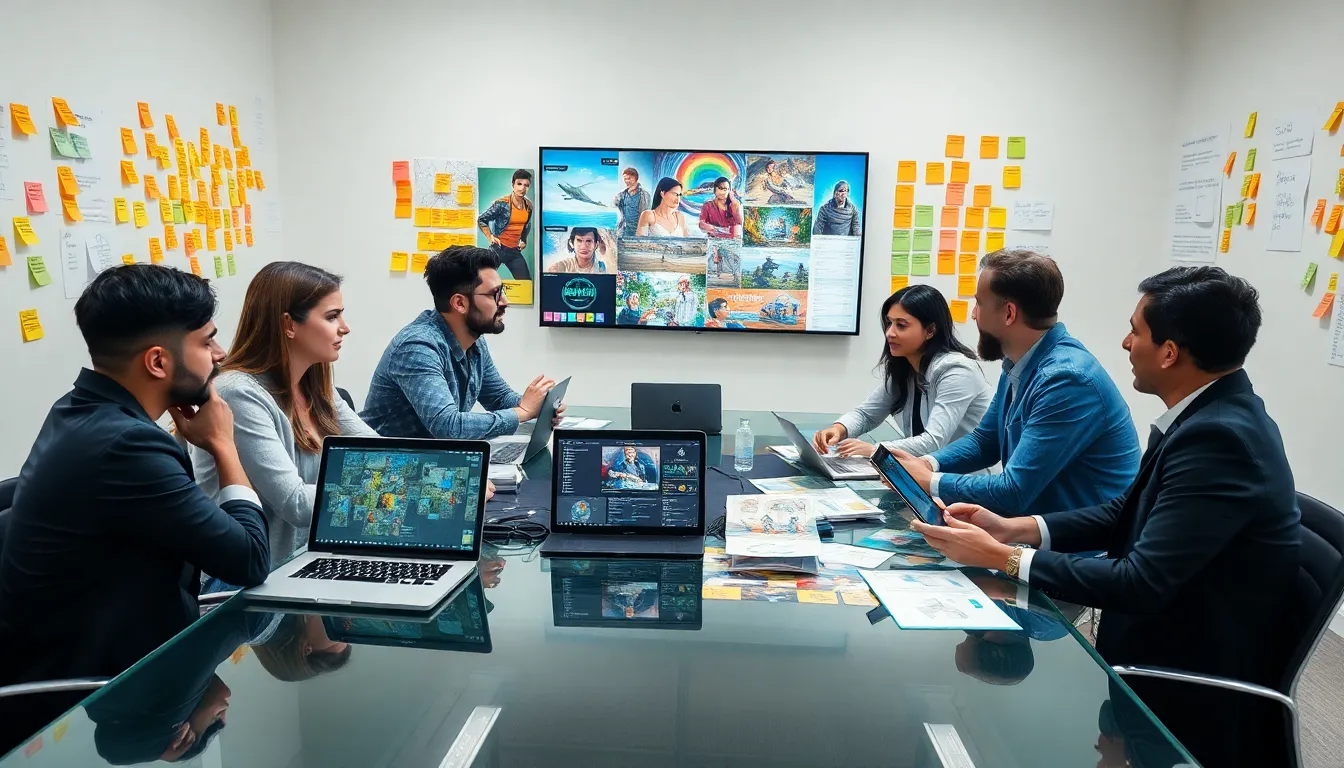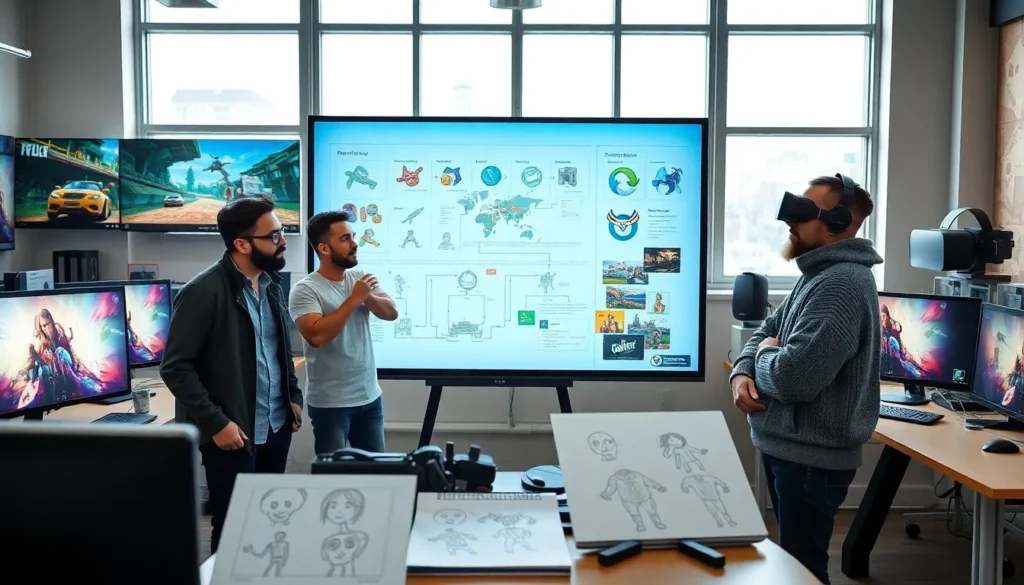The game development process is a fascinating journey that transforms ideas into interactive experiences. From the first spark of inspiration to the excitement of launch day, many steps ensure that the final product is engaging and polished. This article breaks down the essential stages of game development, offering insights into methodologies, challenges, and future trends that shape the industry.
game development process

Stages of Game Development
The game development process can be broken down into several crucial stages to ensure systematic and efficient progress.Pre-Production Phase
In this initial phase, developers brainstorm ideas and create concepts for the game. This is where the story, characters, and gameplay mechanics begin to take shape. Key activities include:-
- Concept Art: Artists create visual concepts to clarify the game’s style and universe.
-
- Game Design Document (GDD): A comprehensive document outlines all the game’s features, mechanics, and storyline.
-
- Prototyping: Teams often build prototypes to test gameplay ideas and mechanics before full-scale development.
Production Phase
Once the pre-production groundwork is laid, the production phase begins. This is where most of the game’s content is created. Key activities include:-
- Asset Creation: Artists design characters, environments, and visual effects.
-
- Programming: Developers write the code that brings the game to life, handling everything from physics to user interfaces.
-
- Sound Design: Sound effects and music are integrated to enhance the atmosphere and player engagement.
Testing and Quality Assurance
After the bulk of the game is built, rigorous testing begins. Quality assurance is critical to ensure that the game functions correctly and provides an enjoyable experience. Activities include:-
- Bug Testing: Identifying and fixing glitches or bugs that can disrupt gameplay.
-
- Playtesting: Gathering feedback from players to make adjustments to game mechanics or difficulty levels.
Post-Production and Launch
As the development nears completion, focus shifts to preparation for launch and post-launch activities.Post-Launch Support and Updates
Even after a game is released, the work isn’t over. Many developers provide support and updates to enhance the player experience. Key practices include:-
- Patches and Updates: Fixing issues and providing new content to maintain interest.
-
- Community Engagement: Listening to player feedback helps developers identify what gamers love and what can be improved.
Future Trends in Game Development
The game development landscape is constantly changing, influenced by new technologies and gamer expectations. Some emerging trends include:-
- Artificial Intelligence: AI is playing a significant role in creating smarter NPCs (non-playable characters) and personalizing player experiences based on their behaviors.
-
- Virtual Reality (VR) and Augmented Reality (AR): These technologies are offering new ways for players to immerse themselves in games, creating experiences that blend the real and virtual worlds.
-
- Cloud Gaming: This growing trend allows players to stream games directly to their devices, freeing them from the constraints of hardware limitations.


More Stories
Beginner Game Development
Python For Game Development
C++ For Game Development